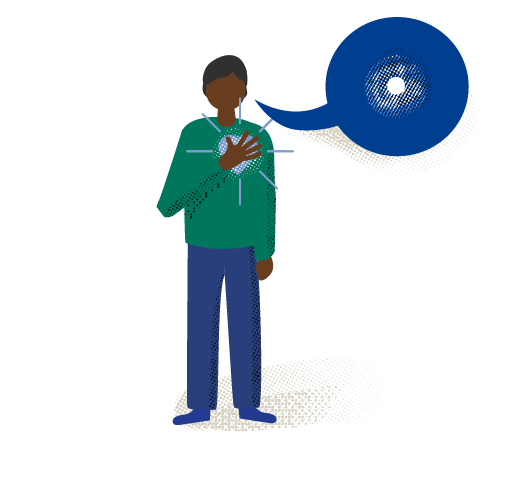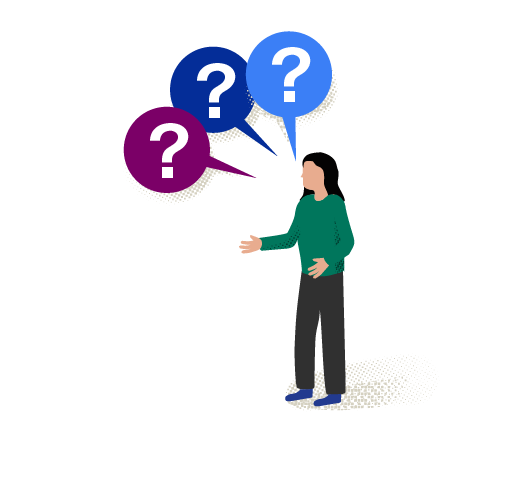

Mindfulness, defined as the basic human ability to be fully present and aware of where you are and what you’re doing, can be a way of tackling the growing problem of physician burnout that can lead to a loss of passion for education. In the context of teaching, mindfulness means recognizing learners’ challenges and supporting them to overcome them and—in doing so—promotes effective learning. Practicing mindful teaching requires deliberate focus, reflection, and inquiry (Burks and Kobus 2012; Epstein 2017). It helps educators become more caring in their teaching, establish deeper connections with their learners, and set an example to learners to develop mindfulness.

Mindfulness necessitates awareness; without self-awareness, mindful teaching cannot proceed (Dobkin and Laliberte 2014). The teacher should contemplate:

Recognition of your own biases can help you as faculty avoid minimizing issues of importance to the learner and to reduce potential discrimination during assessment and providing feedback. Ask yourself and reflect on:

Treat your learners as individuals, demonstrating genuine interest and curiosity and in this way inspiring them to grow personally and professionally (Branch et al. 2014).

As a faculty, practicing acceptance will not only strengthen your resilience but also give you a sense of humor lightness, and flexibility (Branch et al. 2017). Acceptance in the learning process can take different forms:

Mindful teachers are not successful just by chance (Epstein 2017). Adapt the content based on learner engagement. Ask your learners: Do you want to learn? Are you ready to learn? The idea is not to force learning on unreceptive learners, but to support them in becoming receptive. Inquire about learners' own willingness and readiness to learn, prompting them to develop their own self-awareness.

As facilitators of the learning process, you can set an example: Deliberately confronting your biases contributes to the fight against bias and can also reduce learners' resistance and discomfort with facing their own biases. Increasingly talking about bias will also make it less of a taboo (Dumenco et al. 2019). Learners need to recognize how bias shapes their learning and how awareness thereof can help them provide compassionate care (Masters et al. 2019).

By inspiring learners to practice awareness, acceptance, and adaptability, you will help them develop resiliency, mental flexibility, and patient-centered care (see tips 1, 5, and 6). The methods below can aid the process of guided reflection to this end:

It is well known that curiosity is critical for learning (Dyche and Epstein 2011). The role of a teacher to instill a culture of inquiry:

Have you applied tip 3 to establish your learners' goals? You probably also have an agenda or objectives of your own—or those stipulated by the curriculum—and it is crucial that you share these with the learner. Goals can be discussed, negotiated, prioritized, so fostering learner accountability (French et al. 2015). This partnership changes the culture of feedback to concentrate on the promotion of learner behavior toward change and growth.

Openly share assessments of learners in person, ideally as close in time to the educational interaction as possible.
Provide this feedback in a nonjudgmental manner, focusing on learner behaviors and actions (Skeff et al. 1997; Ramani et al. 2019) by applying the 4 steps of giving feedback:
Ensure that adequate time is allotted for the learners to additionally share their own self-assessment and discuss their reflection and reaction to your assessment. Learners who have developed mindfulness are receptive and more likely to have a similar awareness of their performance as their mindful evaluator.